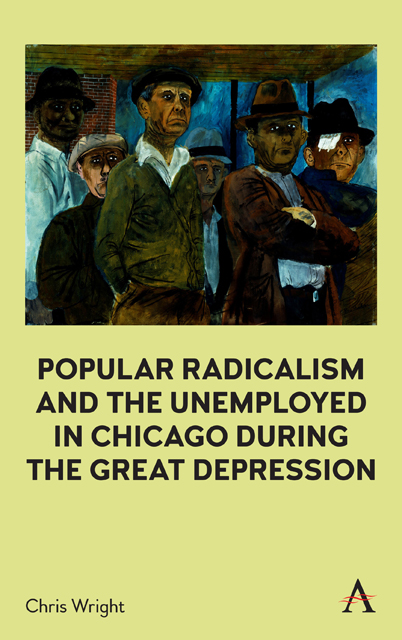Chapter Four - Relief, Part I: Shelter Men
Published online by Cambridge University Press: 09 December 2022
Summary
I got my first taste of shelter life at 758 West Harrison, where application for admission to the shelters is made. I had to stand around outside a while before the doorman would let me in. When I got inside the building I found a lot of men sitting on benches. They were cursing the shelter, the shelter men, and the case workers. One old man sitting near me complained with curses, “There's too much cock-eyed red tape around this place. It's getting worser and worser every time I come up here.” A younger man confided to me, “It took a lot of courage for me to come into this place; in fact I came up here three times before I went in and then only when a couple of friends came along who had been in before.”
So begins an undercover investigation of the Chicago shelters in the spring of 1935. The picture that emerges from this and similar accounts is, to say the least, damning. One reads of incredibly filthy bathrooms in one shelter, “plain dirt all over the floor, while urine that was old and strong smelling was running in small streams everywhere.” Garbage cans, overflowing and pungent, were placed beside the long breadlines in which the men shuffled to get meals, many of the shufflers regularly expectorating into filthy spittoons that were placed in prominent locations. Sleeping every night in a packed room with 25 other men was another hardship, especially considering the cacophony of “snoring, sneezing, moaning, sleep-talking, and coughing”that kept one awake for hours. “Last night one man coughed so loud and so long that he woke everyone up. Finally a fellow told him, ‘For Christ's sake shut up or get the hell out of here!’” The blankets seemed to another reporter to be made of paper, which left the men shivering all night from drafts. Bedbugs and lice, fond of this environment, bit and crept all over their prey.
There is good scholarship on the homeless in the Depression, but more can still be said about the conditions of shelters and inhabitants’ responses to them, in particular their resistance to their treatment.
- Type
- Chapter
- Information
- Publisher: Anthem PressPrint publication year: 2022



